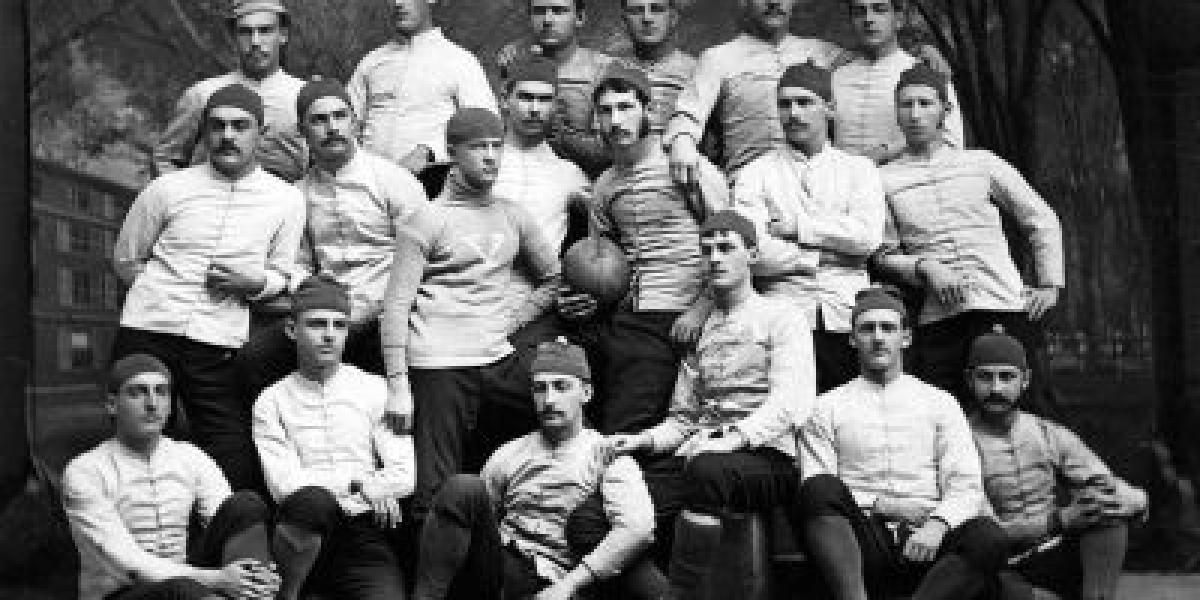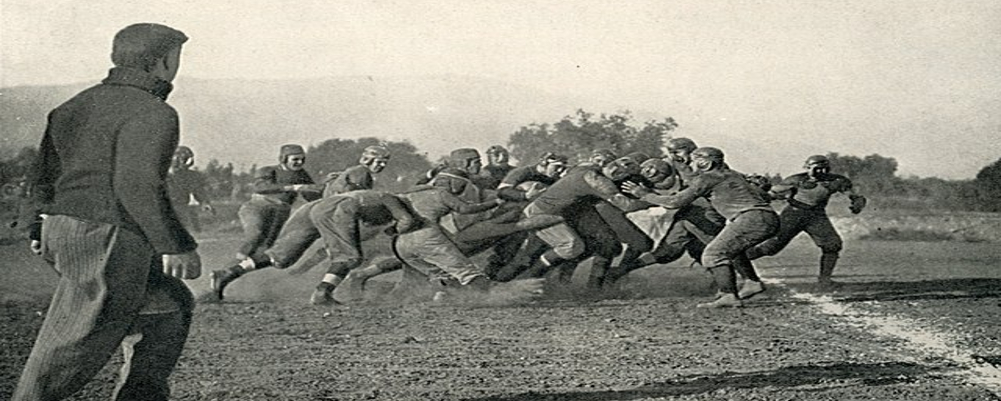Their success not only fueled the growing popularity of the game but also contributed to the evolution of its rules and strategies, shaping the future of American football.
1879 Champion Bulldogs
The 1879 Yale Bulldogs football team, a squad comprised of both established talent and emerging stars, represents a crucial chapter in the development of American football. This team, playing in the nascent years of the sport, showcased the evolving strategies and the growing passion for the game. The forward line, a critical component of early football, featured players like Franklin M. Eaton, John S. Harding, and Louis K. Hull, who were responsible for the physical battles at the line of scrimmage. Their strength and determination paved the way for the offensive plays to develop. Joining them were Benjamin B. Lamb, Howard H. Knapp, John Moorhead Jr., and the renowned artist Frederic Remington, who also contributed his athleticism to the team. Charles S. Beck completed the forward line, adding his own skills to this formidable group.
The halfback position saw the emergence of a true football legend: Walter Camp. Alongside Walter Irving Badger, George H. Clark, William A. Peters, and Robert W. Watson, Camp formed a dynamic backfield. These players were instrumental in both the running and passing game, demonstrating the versatility required in early football. Camp's strategic mind and athletic prowess were already evident, foreshadowing his future contributions to the sport's rules and development. The backs, William K. Nixon and Chester W. Lyman, provided crucial support in both offensive and defensive roles, adding another layer of strength to the team.
Beyond the starting lineup, the team also included players like Benjamin Wisner Bacon, John S. Durand, John F. Merrill, and Charles B. Storrs, all of whom contributed to the team's overall depth and success. Frederick R. Vernon added his talents to the roster, further strengthening the squad. Eugene W. Walker served as the team's manager, responsible for the logistical aspects of the team's operations. This role was essential in ensuring the team's smooth functioning, allowing the players to focus on the game itself. The combined efforts of these individuals, both on and off the field, contributed to the 1879 Yale Bulldogs' impact on the early landscape of American football, laying the groundwork for the future of the sport. Their dedication and skill helped solidify football's growing popularity and its evolution from its rugby origins.
1880 Co-Champion Bulldogs
The 1880 Yale Bulldogs football team, though playing in the nascent stages of the sport, showcased the burgeoning talent and strategic development that would shape American football. While comprehensive game records are limited from this era, the roster reveals a fascinating glimpse into the team's composition and the individuals who contributed to its success.
Walter Irving Badger directed the offense from the quarterback position. In this era, the quarterback's role was evolving, and Badger likely played a crucial part in play calling and game management. The backfield boasted the talents of Robert W. Watson and the legendary Walter Camp at halfback. Camp's presence on the field was undoubtedly significant, as his innovative thinking and strategic understanding of the game were already beginning to influence the sport. His contributions extended beyond playing, as he would soon become a pivotal figure in shaping the rules and character of American football. Benjamin Wisner Bacon provided additional strength and versatility in the backfield.
The remaining roster members, including John L. Adams, George H. Clark, and others, likely formed the core of the offensive and defensive lines, crucial for creating space for the backs and protecting the quarterback. Players like John S. Durand, Howard H. Knapp, and Chester W. Lyman added depth and talent to the squad, contributing to the team's overall strength. Frederic Remington, later famous for his Western art, was also a member of this team, demonstrating early football players' diverse backgrounds and future pursuits. The presence of Adrian S. Vandegraaf and Frederick R. Vernon further solidified the team's lineup.
Philo Carroll Fuller, Charles S. Beck, Louis K. Hull, John S. Harding, Benjamin B. Lamb, Charles Bigelow Storrs, and Franklin M. Eaton were also part of this early Yale squad and contributed to the team's efforts. The specific roles of these players are not clearly defined in the historical record, but it is probable that they were part of the line or contributed in other ways to the team's practices and game day efforts.
William B. Hill served as the team's manager, highlighting the growing organizational aspects of the sport. As football began to gain popularity, management became increasingly important in coordinating schedules, logistics, and other off-field activities.
While detailed accounts of the 1880 season are scarce, the names on the roster represent a significant chapter in Yale football history. The team's performance that year, combined with the presence of Walter Camp, foreshadowed Yale's dominant role in the development of American football. This early team, composed of talented and dedicated individuals, helped lay the groundwork for the sport's future growth and popularity.




